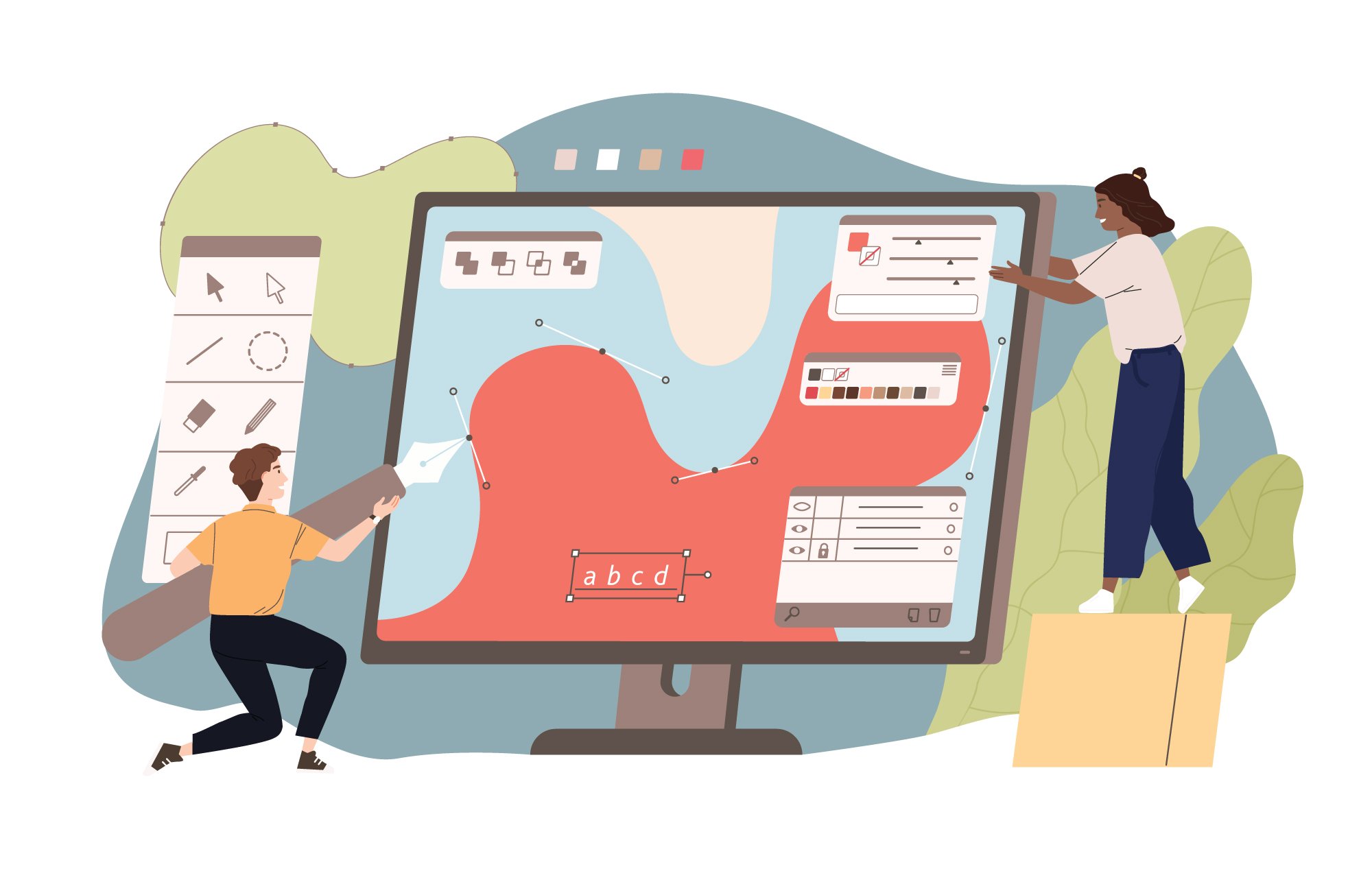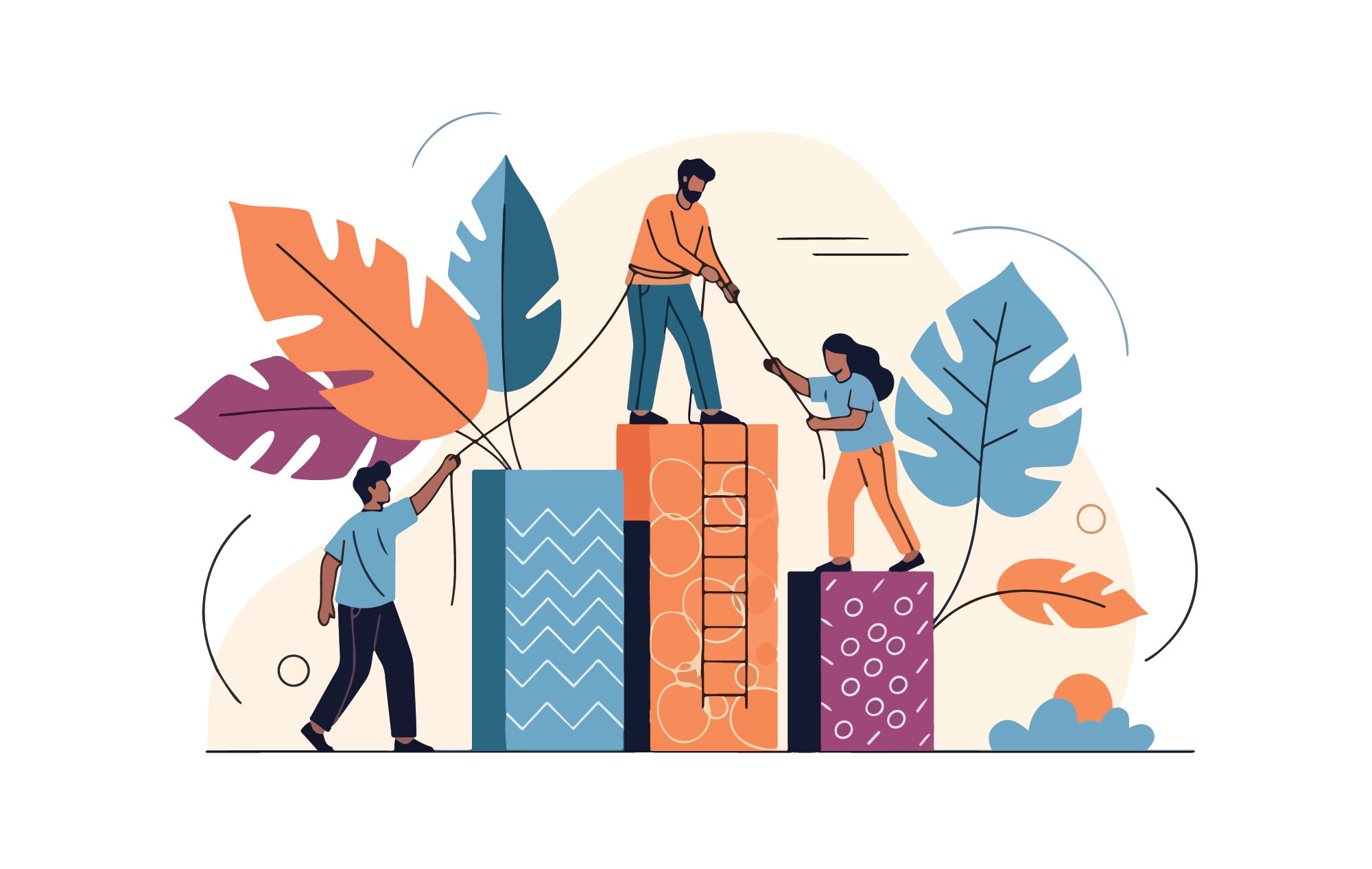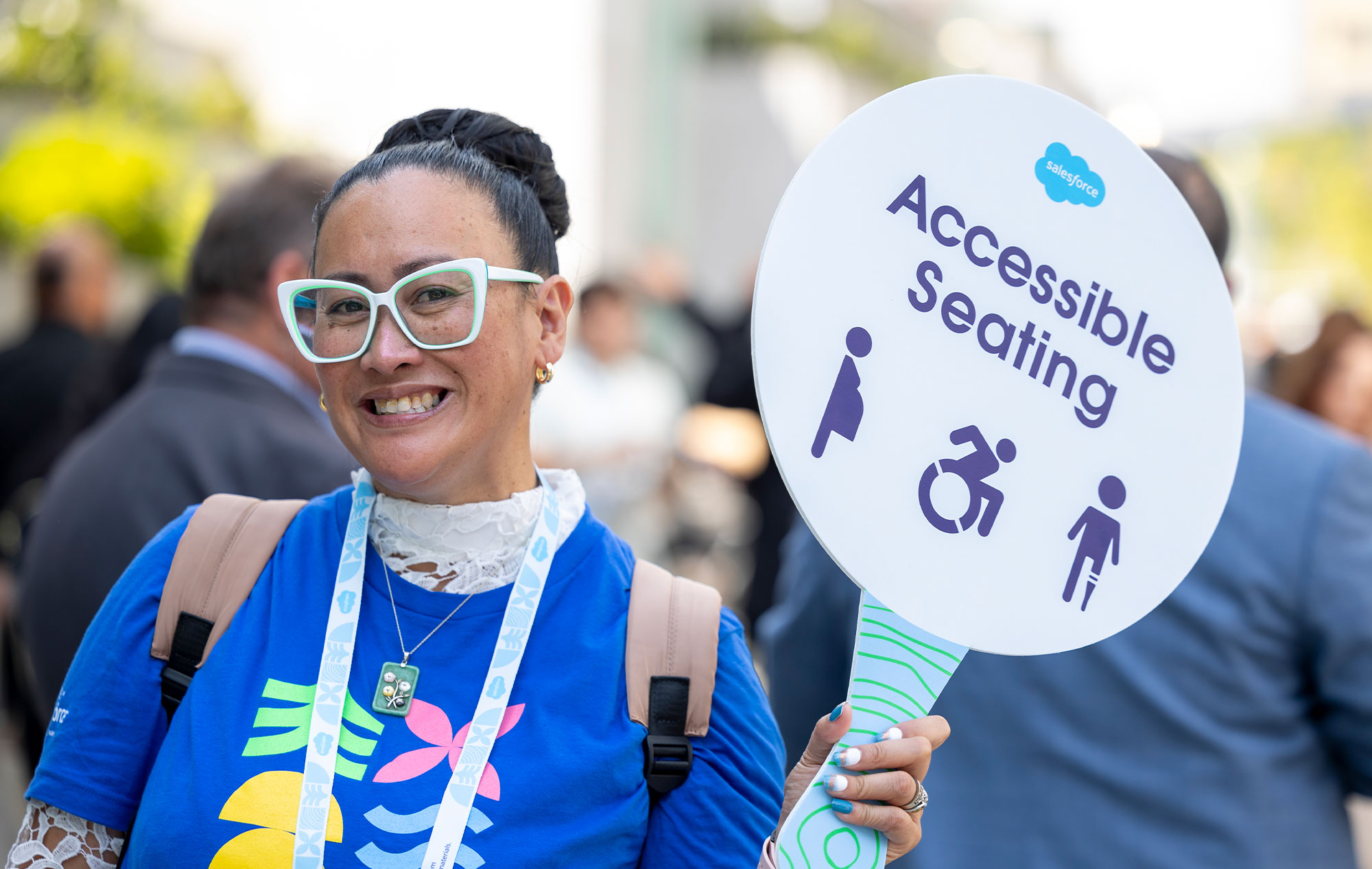In an evolving digital landscape where equity has become a business imperative, many Fortune 100 companies still struggle with accessibility in their websites and products. Meanwhile, industry leaders such as Salesforce continue advancing its "shift left" approach to product development—ensuring accessibility is prioritized from the earliest design phases rather than added as an afterthought.
This proactive strategy dramatically reduces barriers for professionals with disabilities who interact with digital products and creates better experiences for all users. Derek Featherstone, a veteran accessibility expert with more than 20 years of experience in inclusive design, shared with InclusionHub his insights on developing accessibility-first products and services that truly serve everyone.
Key Takeaways
- Embrace a “shift left” approach. Inclusive design requires a fundamental shift from treating accessibility as an end-stage compliance check to integrating people with disabilities throughout the entire product development lifecycle.
- There’s a difference between testing and co-creating. Organizations should empower people with disabilities as co-creators rather than mere testers, consulting them from initial research phases to gain valuable insights that drive innovation.
- Glean insights from all directions and disabilities. Effective inclusive design programs incorporate both internal employee perspectives and external disability community feedback, with testing integrated throughout development rather than only at the end.
- Always be improving your products. Even organizations with mature accessibility practices must guard against complacency by continually asking "Who else are we not including?" to ensure all disability perspectives are considered.
- Accessibility is also good business. Beyond the moral imperative, inclusive design also delivers tangible business benefits including expanded market reach, lower maintenance costs, reduced legal risks, and enhanced brand reputation.
The Problem With Traditional Design Approaches
Historically, accessibility has been treated as a compliance checkbox—addressed only at the end of the design process through limited usability studies with people with disabilities.
"They get the feedback, 'This worked well' or 'It didn't work very well,' and now they need to go and fix a bunch of things," Featherstone explains of this outdated approach. "They almost look at it as 'We got approval from people with disabilities. This is good to go.'"
This "afterthought" mentality creates multiple issues: It builds in accessibility barriers from the start, requires costly retrofitting, and fundamentally misunderstands the value that disability perspectives bring to the design process itself. More importantly, it views people with disabilities merely as testers rather than creative collaborators.
"We need to find ways to engage and create with people with disabilities earlier and more meaningfully in the process," Featherstone continues. "That requires you to no longer think of people with disabilities as approving or disapproving. It's not just about being earlier in the process. It's about giving them a bigger role than simply somebody who says at the end, 'You did it right' or 'You did it wrong.'"
Embracing a Truly Inclusive Design Approach
Inclusive design is fundamentally proactive and collaborative. It seeks to incorporate diverse perspectives—including those with disabilities—throughout the entire product lifecycle, from initial concept to deployment and beyond.
"When we engage people with disabilities earlier in the process, we get new ideas," Featherstone says. "We go and interview people with disabilities to find out how they already perceive the space, how they already solve that problem. We identify which barriers already exist and work through them."
Organizations dedicated to inclusive design follow several key principles that any company can adopt:
1. Start With Research That Centers Disability Perspectives
Before a single line of code is written, organizations should conduct thorough research that meaningfully involves people with a range of disabilities. This initial investigation should explore questions including:
- What is the problem space here?
- What don't we understand about how people with disabilities experience the identified problem?
- How do we engage people with disabilities and have them participate throughout the entire design process?
- How might people with disabilities co-create the design with us?
- What does that solution look like?
2. Involve People With Disabilities as Co-Creators, Not Just Testers
The distinction between consultation and co-creation is crucial. People with disabilities should be empowered to contribute their insights and expertise throughout the design process, not just validate pre-determined solutions.
"We see stories all the time where someone creates a solution for what they think is a need for people with disabilities without actually consulting people with disabilities," Featherstone observes. "Then they launch this thing. It's all over social media. They put a Kickstarter out there. They're like, 'Look at this! Gloves that interpret ASL,' and many people that communicate by ASL say, 'You fundamentally missed significant pieces of ASL communication. ASL is much more than finger-spelling.'"
Organizations should establish ongoing relationships with disability communities, creating structured opportunities for meaningful collaboration that respects their expertise and lived experiences.
3. Integrate Accessibility Testing Throughout Development
Testing for accessibility cannot be a one-time event at the end of development. It must be integrated throughout the design and development process, involving both internal team members with disabilities and external users with diverse accessibility needs.
"I hope that 99 percent of people we work with testing ideas and prototypes are from outside the walls of [the organization]," Featherstone says. "We obviously engage with employees as well, because they're stakeholders and they have a vested interest in [the] software because they use it every day. But overwhelmingly, I think we need people who aren't also employees. We need that external perspective."
This multi-faceted testing approach should account for people with various disabilities, including those with mobility impairments, hearing impairments, visual impairments, cognitive and learning disabilities, and invisible disabilities.
4. Build Accessibility Expertise Into Every Team
Truly inclusive organizations don't silo accessibility knowledge in a single department.
Instead, they build accessibility expertise into cross-functional teams, ensuring that designers, developers, product managers, and other stakeholders understand fundamental accessibility principles and can apply them in their daily work.
This distributed approach to accessibility knowledge ensures that inclusive design practices become embedded in organizational culture rather than being the responsibility of a single team or individual.
Avoiding the Complacency Trap
Even organizations with mature inclusive design practices must guard against complacency. As Featherstone cautions: "It's very easy to say, 'We did a great job by including people with disabilities.' It's very easy to say, 'We've learned those lessons. We don't need to keep doing that,' or 'Now that this is accessible, let's move on.'"
The moment an organization believes it has "solved" accessibility is precisely when it needs to push further and examine which perspectives might still be missing from the conversation.
"You need to ask, 'Who else are we not including?'" Featherstone continues. "Maybe we haven't engaged with people that have low vision or those who have mobility or dexterity-related accessibility needs. Take your pick. There's always somebody who has been left out. It's really easy to get excited about the people that you included and forget some are still being excluded."
Measuring the Success of Inclusive Design Initiatives
Effective inclusive design requires measuring both processes and outcomes. Organizations should evaluate:
- Representation: Are people with diverse disabilities meaningfully involved throughout the design process?
- User experience: Do user testing metrics show comparable experiences for users with and without disabilities?
- Technical compliance: Does the product meet or exceed relevant accessibility standards (WCAG 2.1 AA, for example)?
- Cultural impact: Has inclusive design thinking influenced broader organizational practices? What team practices are we adopting to be more inclusive and accessible?
- Business outcomes: Has inclusive design led to increased user satisfaction, reduced support costs, or expanded market reach?
Success in inclusive design is an ongoing journey rather than a fixed destination. As Featherstone emphasizes: "There are always new things to be learned."
The Business Case for Inclusive Design
Beyond the clear moral imperative, inclusive design delivers significant business benefits. Products designed with accessibility in mind from the start:
- Reach larger markets and audiences
- Have lower maintenance costs
- Experience fewer usability issues for all users
- Drive innovation through diverse perspectives
- Reduce legal and compliance risks
- Strengthen brand reputation and customer loyalty
Moving Forward: From Compliance to Commitment
The transition from treating accessibility as a compliance requirement to embracing inclusive design as a core organizational value requires leadership commitment, cultural change, and practical investments.
Organizations ready to make this shift should:
- Assess current practices against inclusive design principles
- Build accessibility knowledge throughout the organization
- Establish partnerships with disability communities
- Integrate inclusive design methodologies into existing workflows
- Measure and celebrate progress while continuously improving
As digital experiences become increasingly central to how we work, learn, and connect, ensuring these experiences are accessible to everyone isn't just the right thing to do—it's essential for business success in an inclusive economy.
InclusionHub is a comprehensive online resource directory and content hub dedicated to helping businesses become more accessible and inclusive. As a founding partner of InclusionHub, Salesforce collaborates to promote greater accessibility and digital inclusion in the professional world. Visit its a11y website to learn more.






Leave a Comment